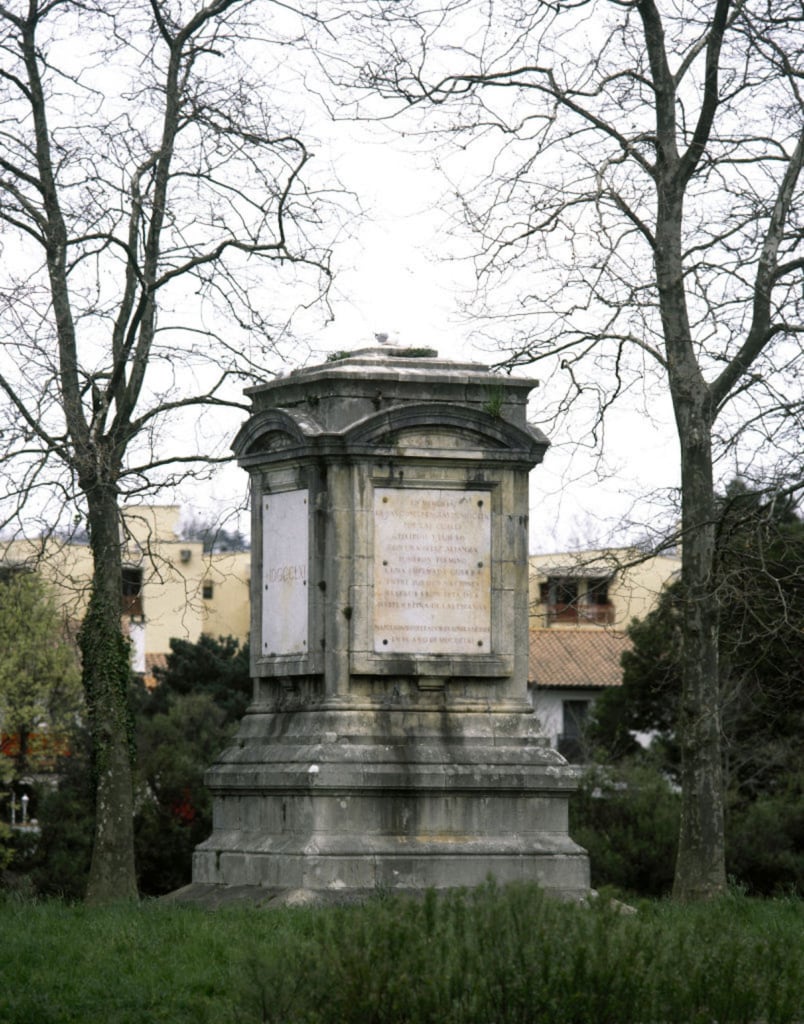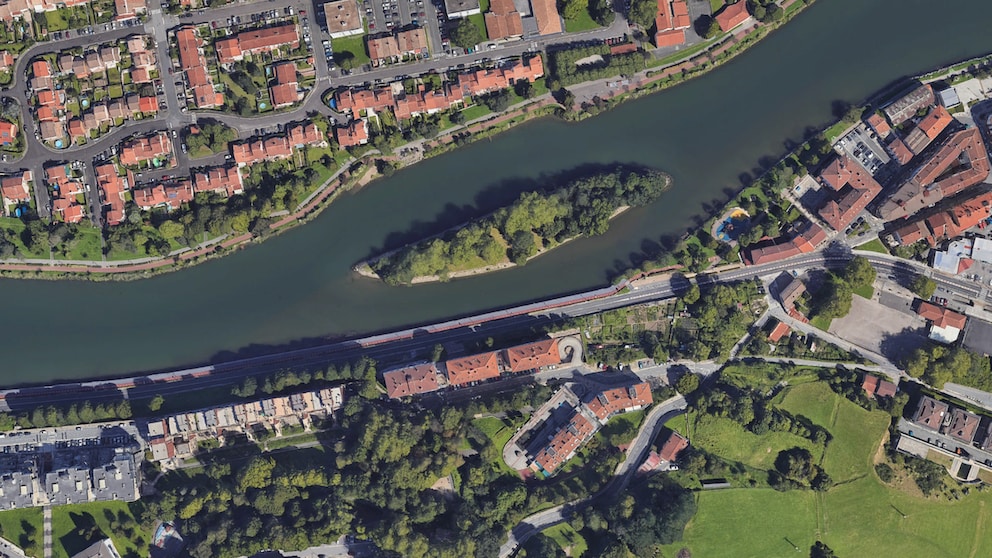April 25, 2025, 9:47 am | Read time: 3 minutes
The Pheasant Island in the Bidassoa River is likely unique worldwide, as it belongs to both Spain and France, with “ownership” alternating every six months. This arrangement has historical roots, as the island once played a crucial role in ending a war between the two countries.
Between the cities of Hendaye in France and Irún in Spain lies a very special place in the Bidassoa River—the Isla de los Faisanes, or Pheasant Island. The Bidassoa is the border river between the two countries, and historically, the island, which is only 200 by 40 meters, has played a significant role.
In 1659, Spain and France met for peace negotiations after nearly 25 years of war—on neutral ground, namely Pheasant Island. As reported by the Spanish-language “BBC,” wooden bridges were built to the island from both sides. Nervous armies waited with weapons at the ready while their leaders negotiated the so-called “Treaty of the Pyrenees” for more than three months. This treaty was to redefine future borders.

One Island, Two Nationalities
Subsequently, according to the “BBC,” Spain ceded the territories of present-day Luxembourg, Flanders, and Northern Catalonia to France. The pact was eventually sealed with a royal marriage. French ruler Louis XIV married Maria Theresa, the daughter of Spanish monarch Philip IV. It was also contractually agreed that the uninhabited Pheasant Island would henceforth be jointly managed by both nations. And so, for more than 350 years, it has been both Spanish and French.

However, due to frequent disputes over fishing grounds in the river between Spanish and French fishermen, a peculiar additional clause was agreed upon in the 1856 “Treaty of Bayonne.” From then on, Pheasant Island would belong to Spain for half the year and to France for the other half. In 1861, a monument was erected on the island to commemorate this new peace, which is still visible today, and the regulation came into effect in 1901.

The best route for a road trip along the French Atlantic coast

4 worthwhile destinations that would love to welcome more tourists

This Little-Known Adventure Travel Destination in Europe Is Now Award-Winning
Half a Year Spanish, Half a Year French
From February 1 to July 31, it has been Spanish, and for the other half of the year, it is under French control. It is “governed,” or rather managed, during this time by a naval commander from the respective country, who is also referred to as the “Viceroy.” Once a year, gardeners visit the island to control the overgrowth. By now, Pheasant Island holds only symbolic significance for both countries.
It is rarely accessible to the public. Additionally, Pheasant Island is now in poor condition. Over the centuries, it has lost about half of its original size due to erosion, and no one is willing to invest in its preservation. Occasionally, it is still used as a symbolic venue for diplomatic negotiations, and according to “El Español,” prisoners were also exchanged here in the past.

